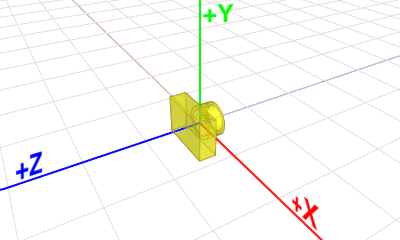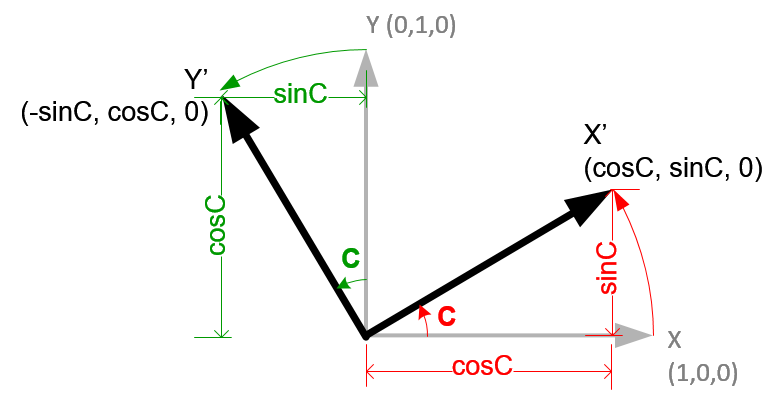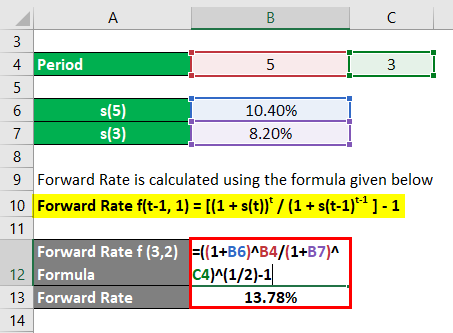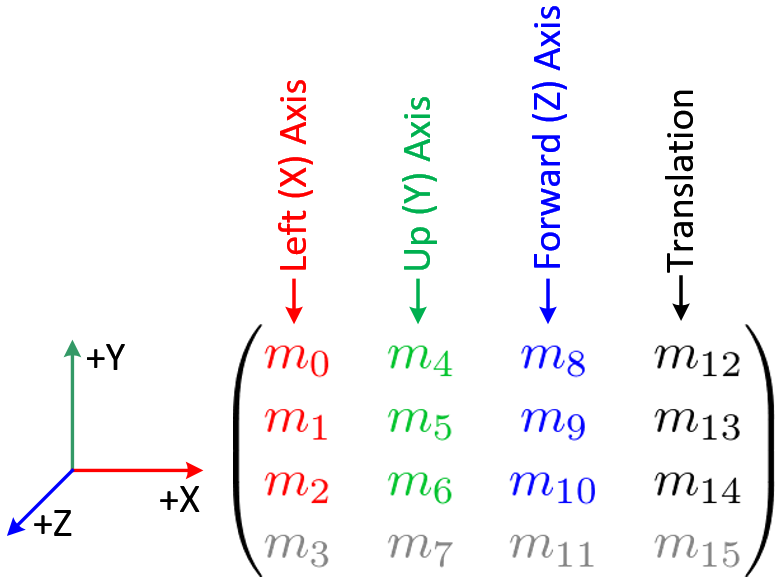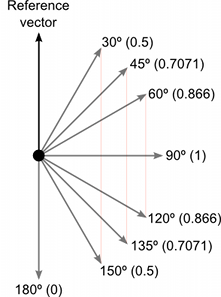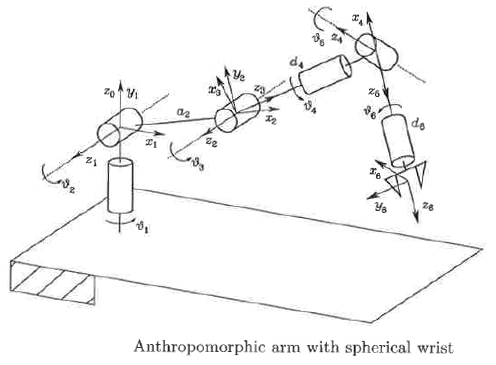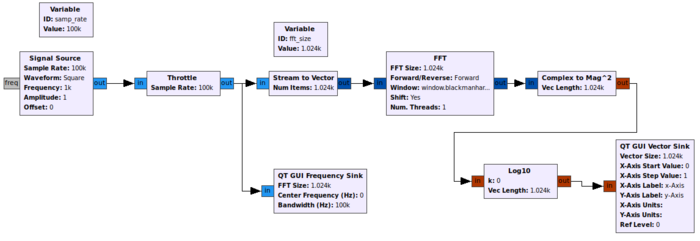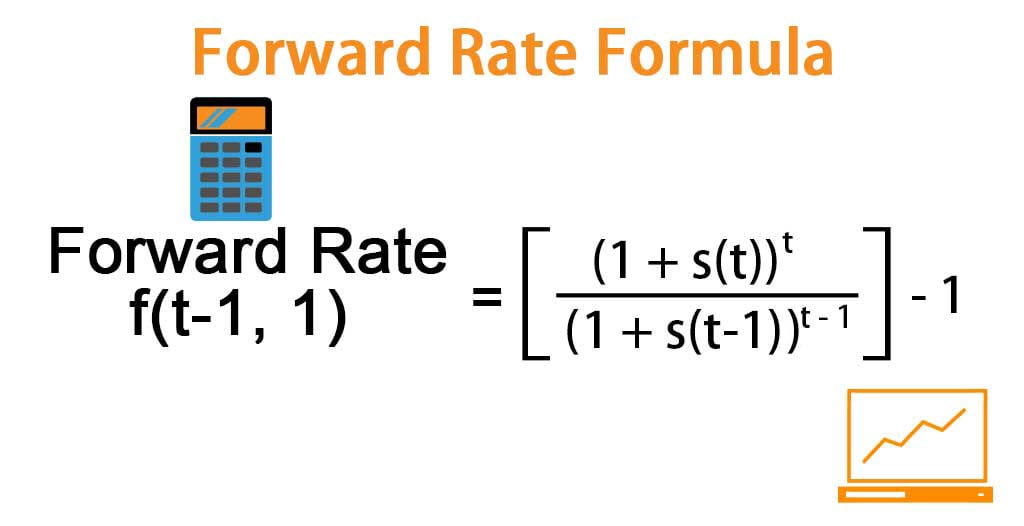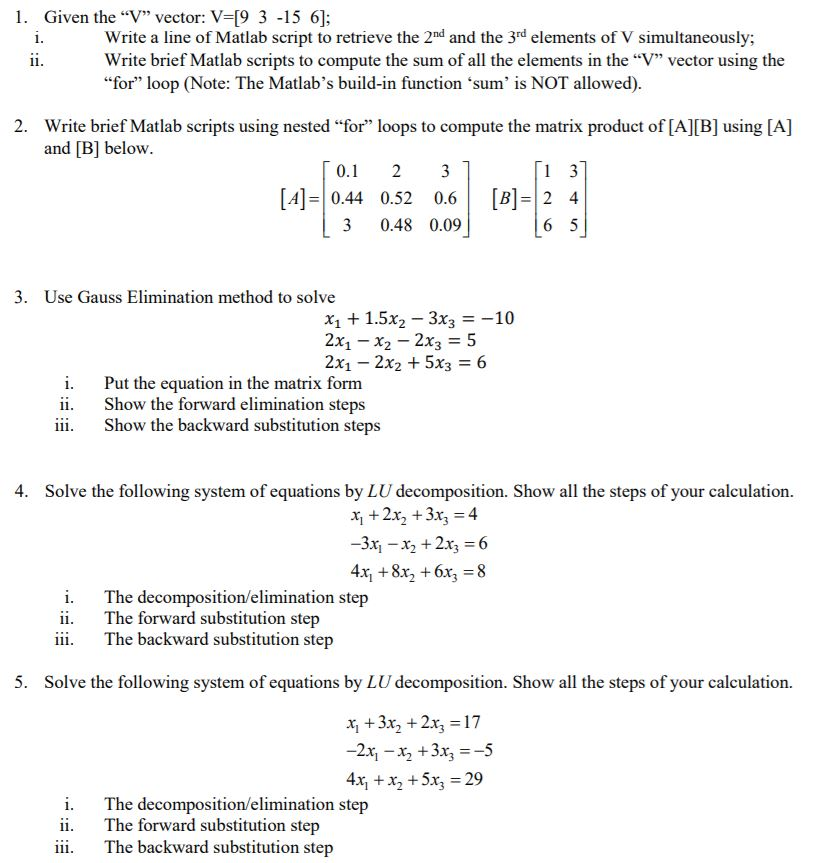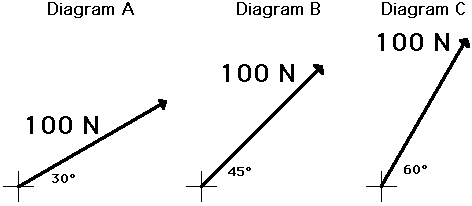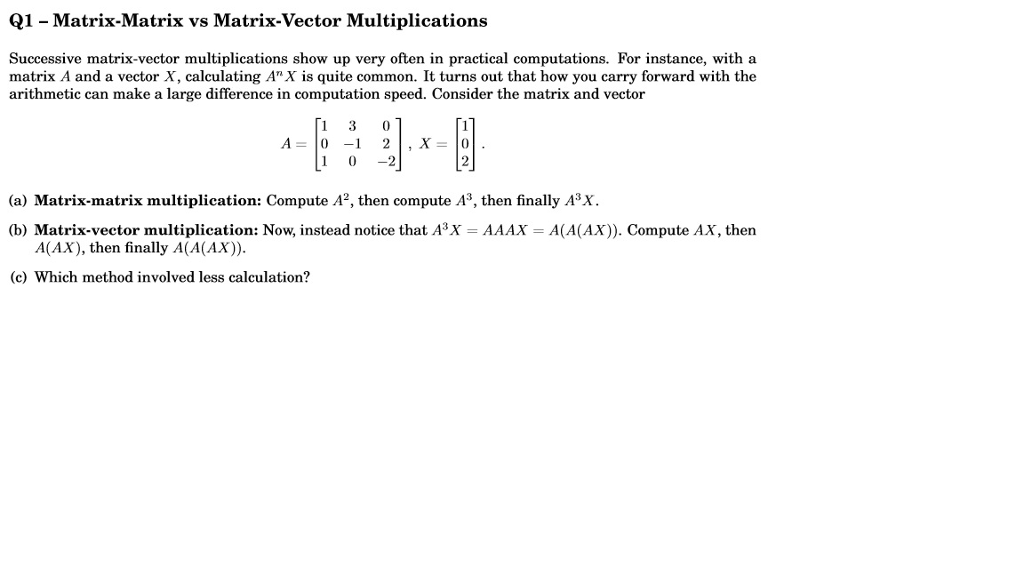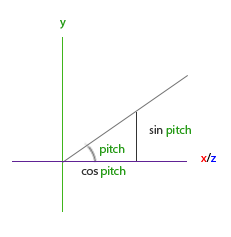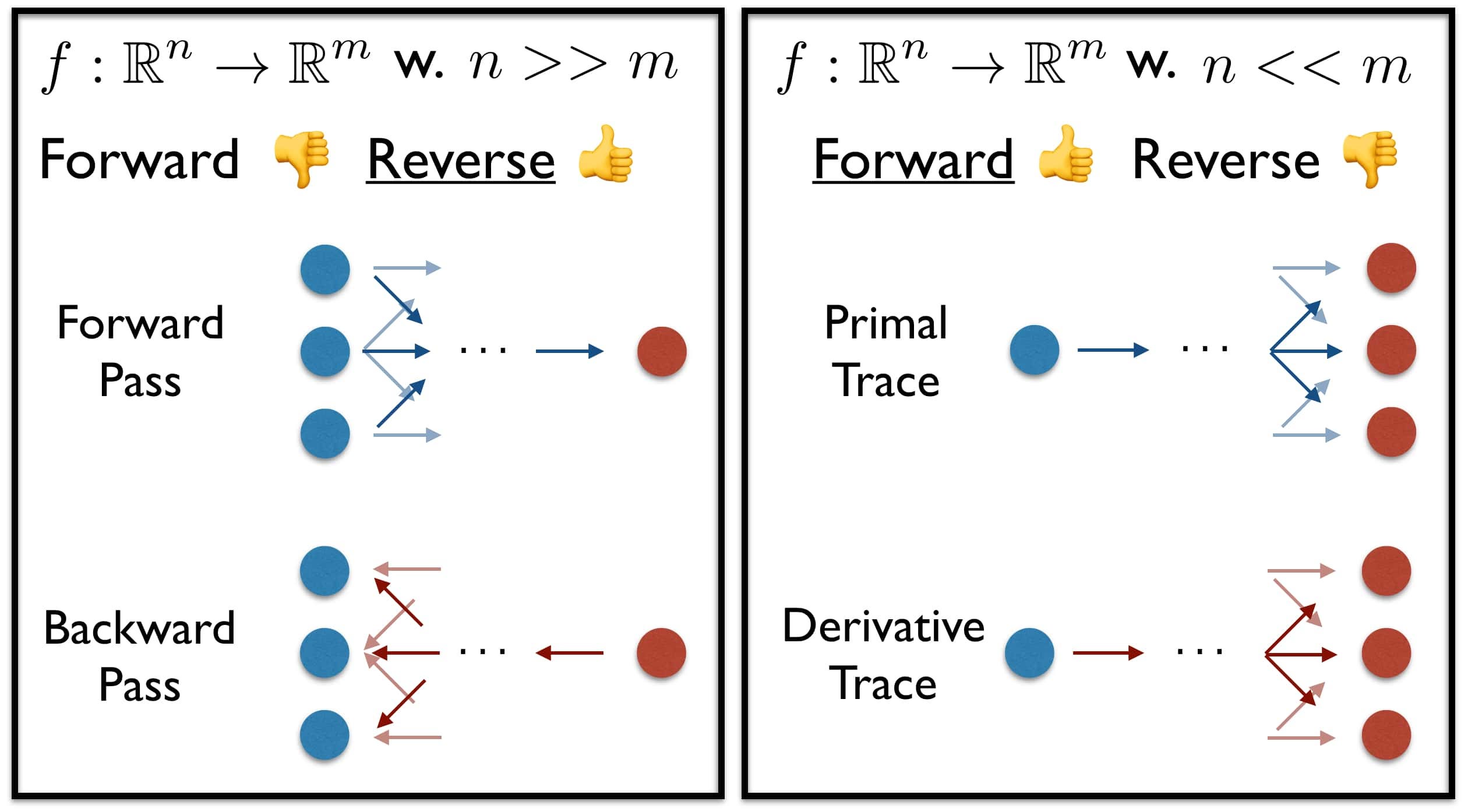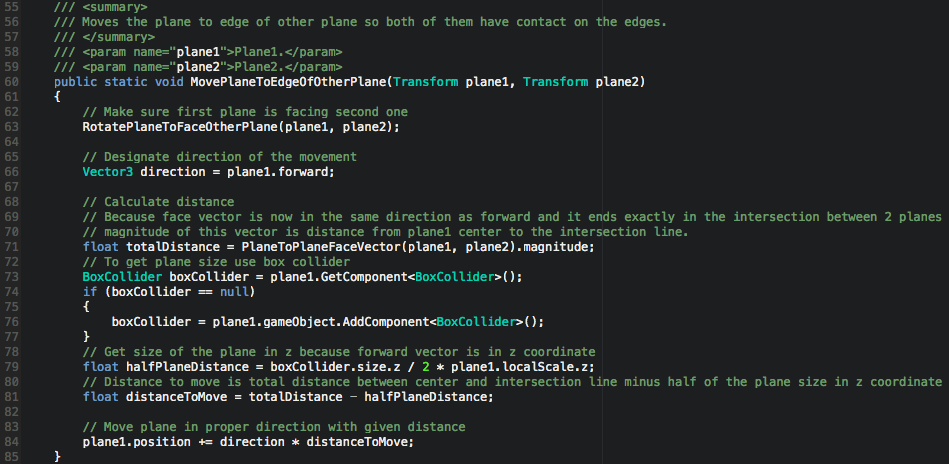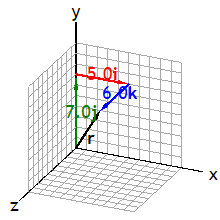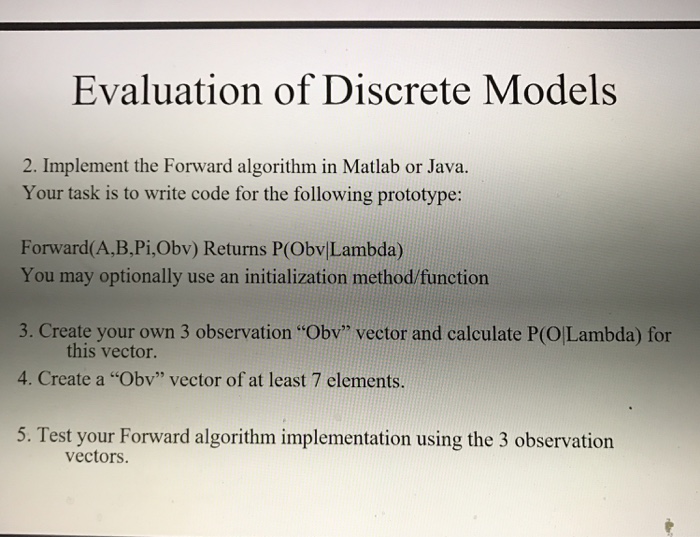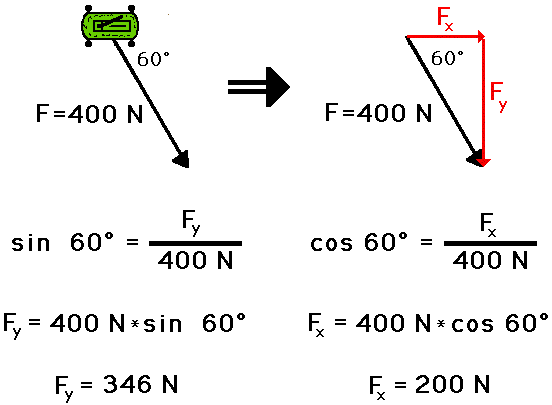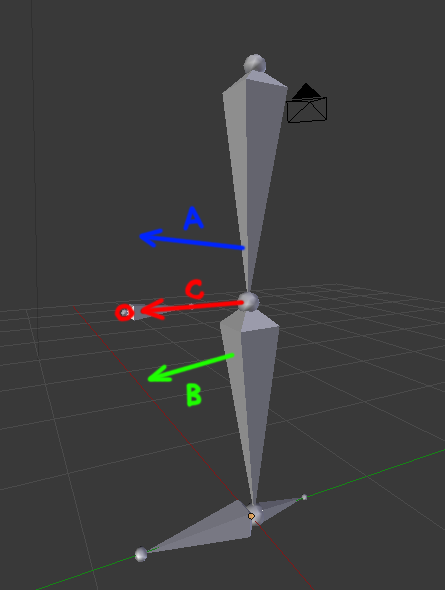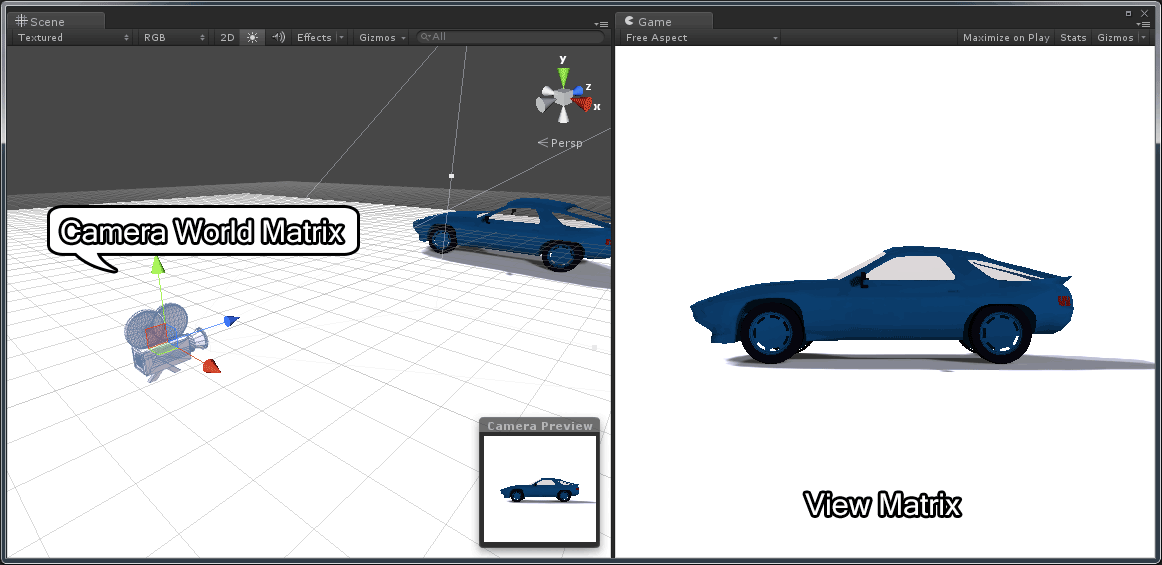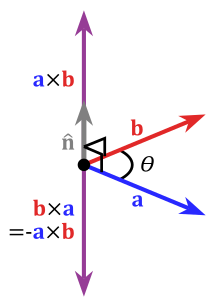Calculate Forward Vector
So no need for a multiply.

Calculate forward vector. By steven holzner. In physics when you break a vector into its parts those parts are called its componentsfor example in the vector 4 1 the x axis horizontal component is 4 and the y axis vertical component is 1typically a physics problem gives you an angle and a magnitude to define a vector. If it happens so that a forward vector is parallel to one of the axes then you can just take that vector directly from the matrix maybe negating one of the components if necessary. In that case is the answer just.
Vectors can always be pushed forward to new vectors but vector fields may not push forward to vector fields. You have to find the components yourself using a little trigonometry. The vector a is broken up into the two vectors a x and a y we see later how to do this adding vectors. The resultant vector is the vector that results from adding two or more vectors together.
We can then add vectors by adding the x parts and adding the y parts. Specifically if f fails to be injective with f x f y there is no reason d x f v x d y f v y should hold so the image isnt neccesarily a vector field. The code for computing this vector is simple since it only implies a cross product between the forward vector and this arbitrary vector. The vector 010 is in the plane defined by the forward and up vector.
The head to tail method to calculate a resultant which involves lining up the head of the one vector with the tail of the other. Im not showing any code because where this vector is depends on your particular case. Forwardcamera tlook tcameranormalized. The vector 8 13 and the vector 26 7 add up to the vector 34 20.
Vec3f right crossproductrandomvec forward. Frthetaphi rcosthetasinphirsinthetasinphircosphi calculate the push forward of the vector field v fracpartialpartial theta is this just computing the jacobian of f and multiplying it by v.

